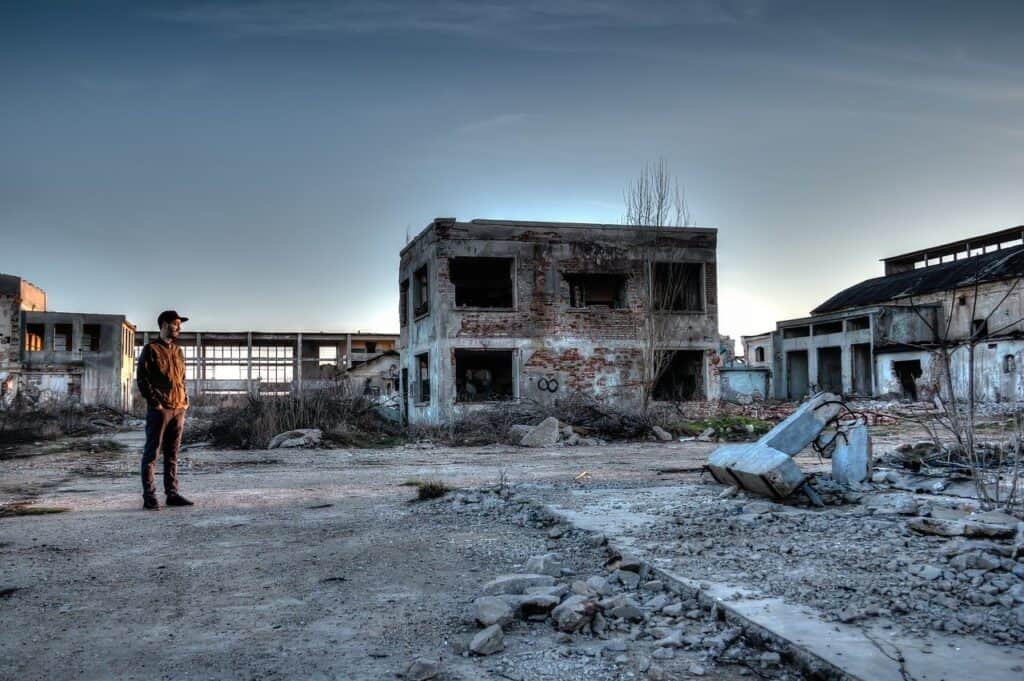
Earthquake resistant buildings are used to withstand the effects of an earthquake.
It ensures minimal damage or no damage, as no building is 100 % earthquake proof. But an earthquake resistant building with proper design and construction can mitigate the effects of earthquake.
An earthquake can be devastating if the place is devoid of earthquake resistant structure, as most of the deaths or injuries in an earthquake happens due to collapse of a building. The people are usually trapped in debris of buildings in the event of an earthquake. So, it is essential that the structures or buildings that are constructed should be earthquake resistant structures
An earthquake resistant structure is basically composed of building design and construction. An efficient design of a building is effective only when it is integrated with the right construction approach like suitable location of a site, the materials used etc,.
An earthquake resistant building design usually incorporates ductility (i.e. the ability of a building to bend, sway or deform without collapsing during an earthquake) of a building. So, in case an earthquake strikes the building due to its ductile behavior may withstand the vertical and horizontal shear forces.
Earthquake resistant designs of buildings depends upon providing the building with strength, stiffness and inelastic deformation capacity which are great enough to withstand a given level of earthquake-generated force. This is generally accomplished through the selection of an appropriate structural configuration and the careful detailing of structural members, such as beams and columns, and the connections between them.
A building made up of concrete is usually easy to break but it can be made ductile by adding steel reinforcement. The buildings constructed with steel reinforced concrete must be manufactured in such a way that it provides the ductile behavior as per need.
To verify the seismic response of a structure different experiments can be performed. One such experimental test is earthquake shaking table. It is a device for shaking structural models or buildings components with a wide range of simulated ground motions, including reproductions of recorded earthquakes time histories.
Seismic Retrofitting
It is the modification of existing structures to make them more resistant to seismic activity, ground motion, or soil failure due to earthquakes.
The old buildings in urban areas needs to be earthquake resistant buildings which is possible only by seismic retrofitting.
Building collapses during earthquake are a result of poor construction methods or improper material. In under developed countries the mixture of concrete is not proper to achieve the desired compressive strength so the buildings are susceptible to collapse in the event of a large earthquake strikes.
Do’s and Don’ts before an earthquake
So its important to have local building codes. You should know well the seismic zone you live in. You should get your house evaluated for retrofitting (if any) and ensure that you take help of a civil’s engineer help